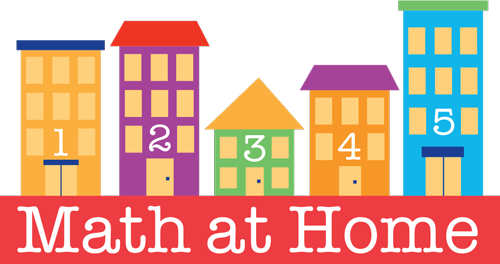I used to teach a class about the language development of young children that focused more on how to support early language learning rather than the deeper developmental processes of language. I spent a lot of time exploring children’s literature as a means of engaging children with words and new vocabulary, rhythm and rhyme, concepts […]
This article appeared in the Washington Post blog on February 1st. Written by the fabulous Alfie Kohn, author of Punished by Rewards (one of my favorites), he articulately and concisely argues what we ECE folks have known all along – that policy-makers focus on “high-quality” with little ability to describe what that means, and then […]
This publication from the Illinois Board of Education came out in 2012, but is timely for Math at Home because this edition focuses entirely on authentic assessment. Within its 15 pages, there are 11 short articles that range from best practices in authentic assessment to how to develop portfolios and serving dual language learners. Check […]
Development takes time. This, we all know intellectually, but in practice we sometimes forget that things take time. Some children can pick up a spoon, dip it into yogurt, and move it into their mouths the first time they try. Others work that spoon for months, with yogurt flying everywhere but their mouths. When assessing […]
I always find that the best way to begin introducing new materials to children is to place them in a basket or a container on one of the tables and simply allow the children to explore them independently for a few days. During this time, you can observe how they approach the materials without any […]
Long before Math at Home, the Internet, Head Start, Kindergarten, Maria Montessori and the Industrial Revolution; there was Gertrude. In 1781, Johann Pestalozzi, Swiss philosopher and educator, wrote the first of four books about the indomitable Gertrude in Leonard and Gertrude. Later, Pestalozzi would write How Gertrude Teaches Her Children. These two books would later […]
I know you all know what a question mark is. It is the punctuation sign at the end of a sentence that replaces a period (full stop) and signifies a question. Question marks are also called interrogation points, interrogation marks, question points, query, and erotemes. But what is an Amerpsand? You know it when you […]
In order to assess children’s learning systematically, classrooms need to be set up so teachers can do so. In order to conduct formal and informal assessments throughout the day, teachers need enough time and space to jot down notes, use checklists, take photographs, and collect information about children. Teachers can only do this if they […]
I just sent my online students a message about one of the many benefits of distance education. Today, as schools are closed and people all over Chicago are at a complete stand-still because of freezing temperatures, my online classes are still running strong. Not all distance education is good. You have to be a careful […]
These counting feet remind me of the old-timey cartoons where people are dancing and following the numbered feet to learn the steps.I think having a few sets of these counting feet in a classroom could be so much fun. I can imagine setting them out in funny patterns so that when children follow the numbers […]
